August is great for grilling, and since meat prices are expected to rise this fall, this may be just the right time to indulge in a thick, juicy steak.
But how do you select the best cut of meat to throw over the coals? And how do you keep yourself from ruining it before it hits the dinner plate?
To marinate or not to marinate? Corn-fed or grass-fed? Ribeye or Porterhouse?
Here, to help you get the most out of the final weeks of summer, is our steak grilling guide.
CHOOSING A STEAK FOR THE GRILL
Look at the marbling. Good marbling means the fat should be evenly distributed throughout the steak. Avoid steaks with large clumps of fat in the red meat, or big chunks of fat along the edges.
Look for dark coloring, but not too dark. A dark red means the iron in the steak has begun to oxidize, which can be a result of improper aging. This is not a food safety issue, but an issue of quality, says Jason Bolton, an assistant professor of food safety at the University of Maine Cooperative Extension.
Ask what the cow ate. Most beef sold in U.S. grocery stores is corn fed.
“It’s tough to get a good piece of meat in the U.S., in the sense of we feed our beef for the most part a product that doesn’t have a whole lot of flavor,” Bolton said. “If it’s fresh corn, yes, it can have a fair amount of flavor. When the diet is a benign kind of corn concoction, sometimes it’s hard to get really meaty-tasting meat, essentially.”
Grass-fed beef can have a more intense beef flavor. A grass diet finished with corn produces better marbling.
People who were raised on corn-fed beef may find some grass-fed meat too gamey, however. It really comes down to personal preference, like choosing a glass of wine that you like.
Bolton suggests experimenting a little. Go to the farmers’ market and talk with beef producers there about how they raise their cows and what they feed them.
At Rosemont Market, the butcher shop carries mostly local grass-fed beef. But butcher Jarrod Spangler says one of his meat suppliers produces a more traditional grain-finished beef that uses barley instead of corn to produce a “cleaner fat.”
“The type of fat that’s in corn is not all that great for you,” Spangler said, “but barley-fed meat is higher in omega 3s and things like that. I don’t think you would even know it was fed barley.”
KNOW YOUR CUTS
Remember the old game David Letterman used to play with his audience, “Know Your Cuts of Meat?” Well, we don’t have fancy steak dinners or boxes of meat from New York butcher shops to give away, but here’s a little lesson on which cuts of beef are best for your grill.
They range from prime cuts that cost a little more to less expensive choices that will still please your palate.
We’ve also included some more unusual cuts that you’ll only get from a local butcher.
RIBEYE (OR DELMONICO)
Your steak comes from one of nine parts of the cow: The rib, short loin, sirloin, round, shank, brisket, flank, chuck and plate.
This high-end cut, the first cut from the shoulder on the rib loin, is very popular, probably because it is so tender and has such generous marbling.
Matt Fournier, a butcher at Pat’s Meat Market, says this is one of his top three favorite cuts of meat for the grill.
“It’s very marbled,” Fournier said. “There’s a little diamond of fat in the middle and it’s like the steak becomes three sections. It’s just full of flavor, and it’s tender and it’s got the fat. It’s not a health-conscious cut by any means, but it’s definitely one of the most flavorful.”
TENDERLOIN
A tenderloin steak, also known as filet mignon, is cut from the short loin. Lean, and offering a milder flavor than other steaks, the tenderloin is also the most tender cut. And you’ll pay for this irresistible combination.
NEW YORK STRIP
This leaner cut, which is created when the tenderloin is removed from the short loin, is another of Fournier’s favorites.
Spangler said people who are turned off by fat tend to choose the strip steak.
“It’s very, very tender and very flavorful but not as fatty,” he said. “It’s much leaner than a ribeye is.”
The New York strip is also known as a shell steak, a Kansas City strip, a club steak – and yes, as a Delmonico. Check out our sidebar on steak aliases if you want to get even more confused.
SKIRT STEAK
The skirt steak is a long, flat piece of meat that comes from the plank, just below the brisket. The “outside skirt” cut is more tender than the inside cut, which is often used to make fajitas.
“There’s no chunks of fat in it, but it’s very marbled,” Fournier said. “And it takes a marinade very nice, if you like to marinate your steaks.”
Carve a skirt steak thinly across the grain.
COWBOY STEAK
This is one of the more popular cuts at Rosemont Market, but you can find it at other specialty butchers as well. It’s an extra-thick cut good for sharing.
“The cowboy is essentially about a 2 1/2- to 3-inch thick bone-in ribeye, with the bone frenched off so you’ve got a nice handle to use to cook it with,” Spangler said. “It’s one of those things that it’s thick, it’s beautiful, it’s something that you could get a lot of nice color on.”
T-BONE
A T-bone steak is a lean strip steak and a smaller tenderloin connected by a T-shaped bone. It’s cut from the short loin.
PORTERHOUSE
A Porterhouse is basically a larger T-bone steak that is a thicker cut and contains more tenderloin than the T-bone. It’s cut from the rear end of the short loin.
LONDON BROIL
The London broil can be marinated or seasoned with a rub, but it doesn’t have to be.
This is one of Spangler’s favorite cuts.
“I prefer the original London broil,” he said. “When you go to the grocery store and you see London broil, nine times out of 10 it is a top round steak. Top round is cut from the leg. The round is a very flavorful cut, and it’s a little bit leaner, but the true London broil is actually cut from the shoulder, from a muscle called the shoulder clod.”
This muscle is used more for support, so cuts that come from it are still rather tender, and “the flavor on it is above and beyond,” Spangler said. And it’s significantly cheaper than ribeye.
Spangler suggests serving it when you’re having several people over for dinner and don’t want to buy individual steaks for all your guests.
HANGER STEAK
There’s only one hanger steak per animal, so butchers used to just take this cut home to their families. But now that chefs have discovered it, you’ll find it on menus all over town.
It’s a cheaper cut, although it is rising in price as it rises in popularity. Hanger steak has great flavor but can be tough, so it should probably be marinated before it’s thrown on the grill.
“They sometimes call it the butcher’s tenderloin,” Bolton said. “You get a fair amount of tenderness, a lot of flavor. You don’t pay as much as a filet mignon or something like that, but it has to be cooked just right – high heat real quick, not for a very long time.”
CULOTTE STEAKS
These small steaks cut from the cap of the sirloin are popular in the western part of the country. They are similar to strip steak in appearance, but more flavorful. You’ll probably need to go to a specialty butcher for this one.
Staff Writer Meredith Goad can be contacted at 791-6332 or at: mgoad@pressherald.com
Send questions/comments to the editors.


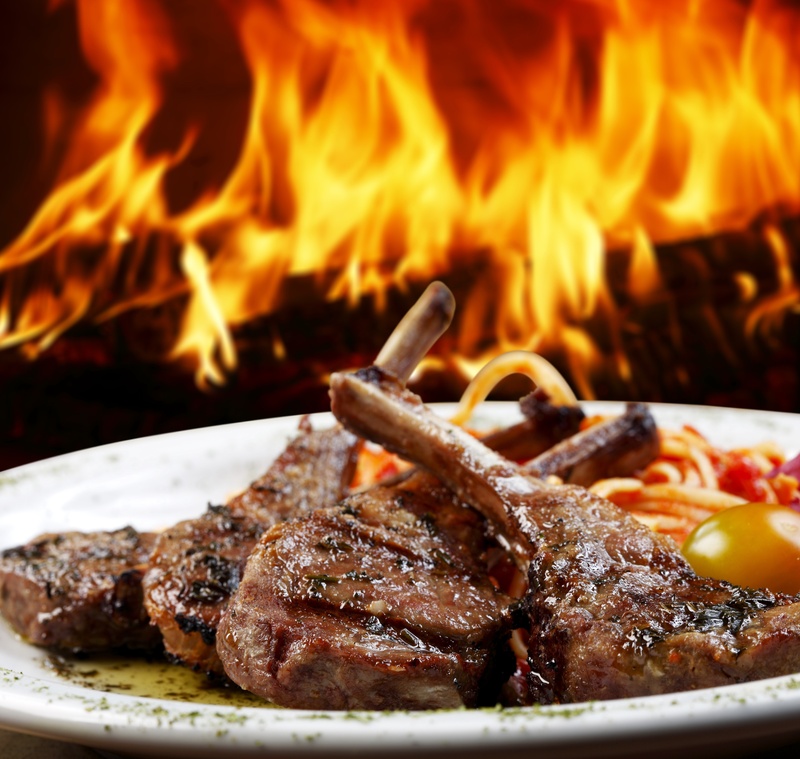
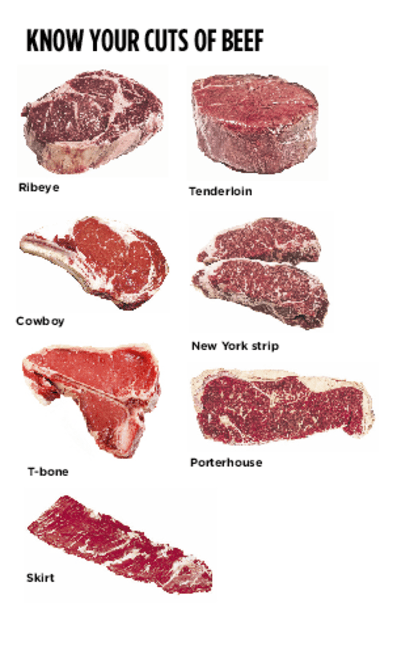
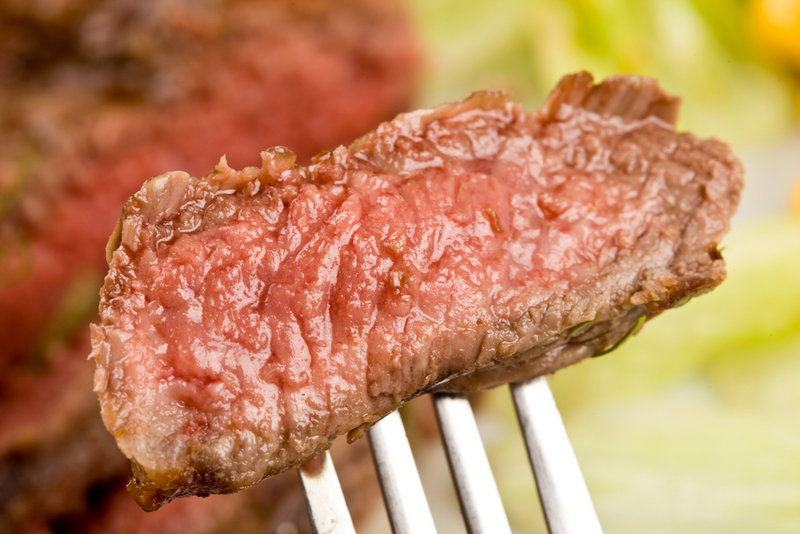
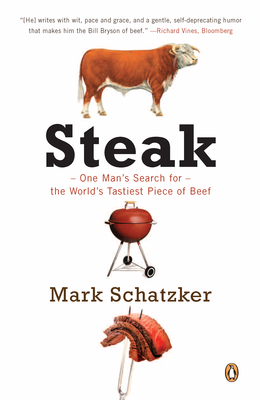
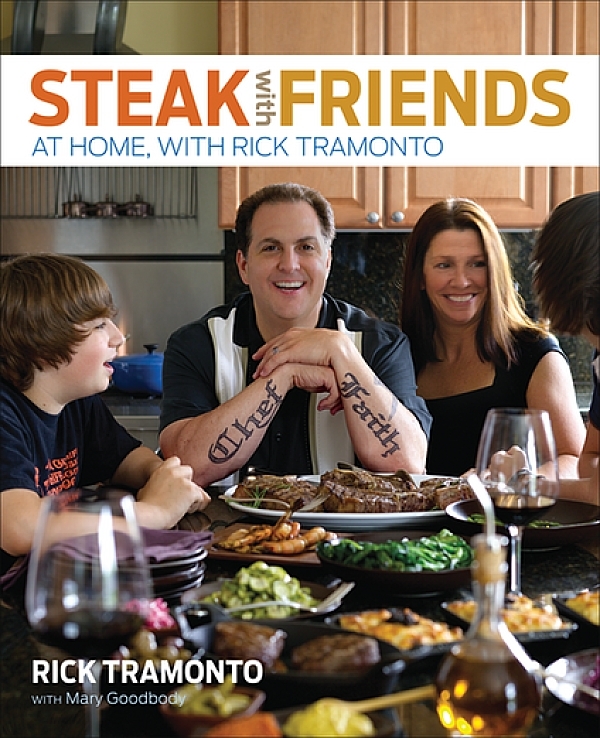

Success. Please wait for the page to reload. If the page does not reload within 5 seconds, please refresh the page.
Enter your email and password to access comments.
Hi, to comment on stories you must . This profile is in addition to your subscription and website login.
Already have a commenting profile? .
Invalid username/password.
Please check your email to confirm and complete your registration.
Only subscribers are eligible to post comments. Please subscribe or login first for digital access. Here’s why.
Use the form below to reset your password. When you've submitted your account email, we will send an email with a reset code.